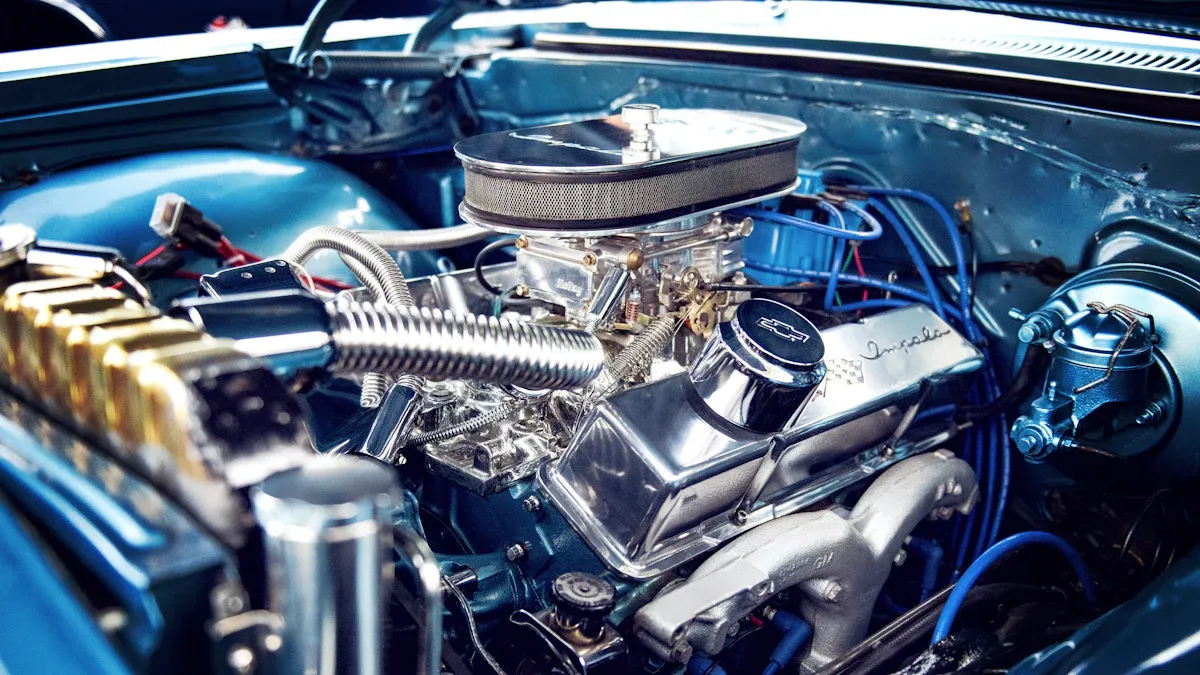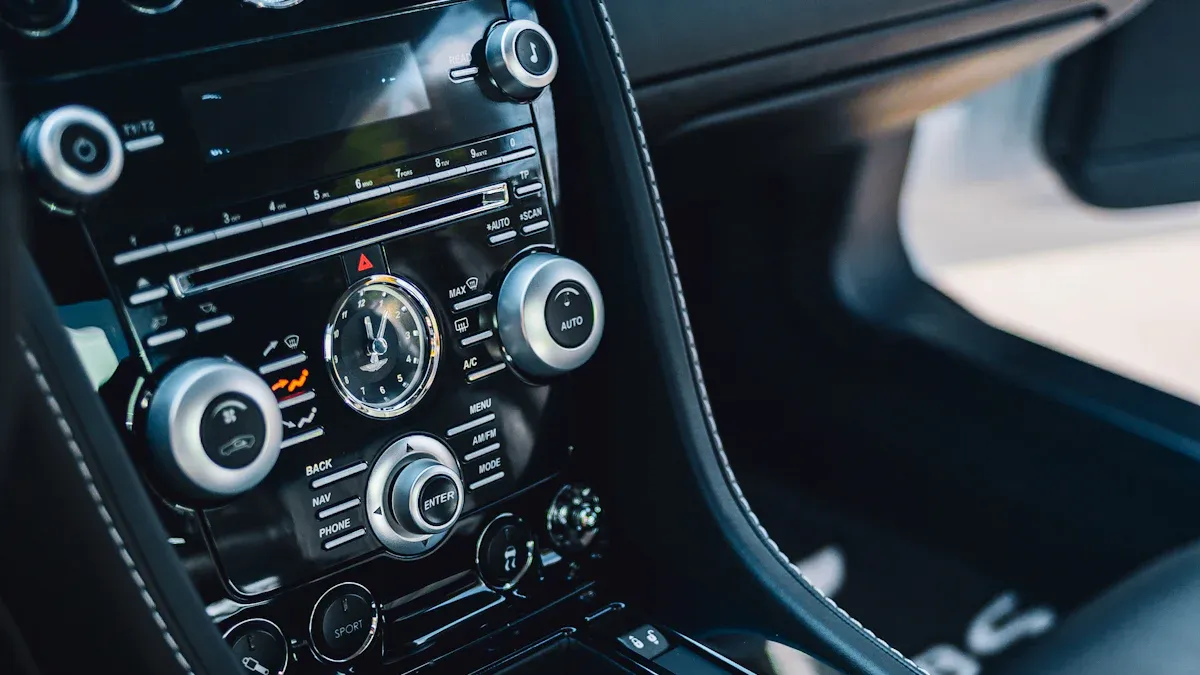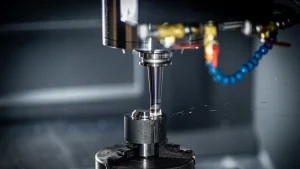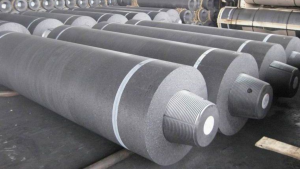
Automotive engine parts demand coatings that enhance durability and performance. TaC Coating excels in extreme thermal and chemical resistance, making it ideal for harsh environments. SiC Coating, on the other hand, offers cost-effective versatility for general applications. Advanced methods like CVD coating ensure precision in applying these materials, including the innovative tic tac coating.
Key Takeaways
- TaC coating works well in tough conditions. It resists heat and chemicals, making it great for important car parts.
- SiC coating is cheaper and good for regular car uses. It spreads heat well and is easy to make in large amounts.
- Picking TaC or SiC depends on what you need. TaC lasts longer, but SiC is flexible and costs less.
TaC Coating: Properties, Advantages, and Limitations
Properties of TaC Coating
Tantalum carbide (TaC) coating exhibits exceptional physical and chemical properties, making it a preferred choice for demanding applications. Its high hardness, ranging from 15 to 19 GPa, ensures superior wear resistance. With a melting point of 3950°C, TaC can withstand extreme temperatures without degradation. The elastic modulus of 537 GPa contributes to its structural stability under mechanical stress. Additionally, TaC demonstrates excellent chemical resistance, protecting components from corrosive environments. These properties make it particularly effective in automotive engine parts, where durability and performance are critical.
| Property | Measurement/Result |
|---|---|
| Oxidation Resistance | Enhanced significantly in high-temperature environments |
| Ablation Resistance | Mass ablation rate: 0.35 mg/s; Linear ablation rate: 1.05 µm/s |
| Structural Stability | Dense structure at deposition temperatures of 950-1000°C |
| Adhesion to Substrate | Strong adhesion observed after flame ablation tests |
| Ablation Resistance (sintering) | Best performance after sintering at 1600°C with dense layered structure |
Advantages of TaC Coating
TaC coating offers numerous advantages that enhance the performance of automotive components. Its excellent ablation resistance ensures minimal material loss under high heat flux, as demonstrated by Feng et al., who observed superior performance under 2.38 MW/m² flame heat flux. The coating also provides enhanced oxidation resistance, protecting carbon fiber components in high-temperature environments. Furthermore, TaC’s strong adhesion to substrates ensures long-lasting protection, even under extreme conditions. Its high electromagnetic shielding effectiveness, measured at 75.0 dB by Liu et al., adds another layer of functionality, particularly in modern vehicles with advanced electronic systems. These benefits align with the automotive industry’s focus on fuel efficiency and reliability.
Limitations of TaC Coating
Despite its impressive properties, TaC coating has certain limitations. Thermal expansion coefficient differences between the coating and substrate can lead to cracking and spalling, reducing its effectiveness. Additionally, while TaC performs well in extreme conditions, it may not meet all application requirements, particularly in environments with rapid temperature fluctuations. Manufacturing challenges, such as the need for precise deposition techniques like CVD, can also increase production costs. These factors make TaC less suitable for general applications where SiC Coating might offer a more cost-effective solution.
SiC Coating: Properties, Advantages, and Limitations
Properties of SiC Coating
Silicon carbide (SiC) coating is renowned for its exceptional mechanical and thermal properties, making it a versatile choice for automotive applications. Its hardness, which can reach up to 33 GPa, ensures excellent wear resistance under high-stress conditions. However, as silicon concentration increases, the hardness decreases, stabilizing around 23 GPa. This balance allows SiC coatings to maintain structural integrity while adapting to various operational demands.
SiC coatings also exhibit superior thermal conductivity, enabling efficient heat dissipation in high-temperature environments. Their ability to operate at temperatures between 200°C and 250°C makes them ideal for components like inverters and onboard chargers in electric vehicles. The table below highlights the wear resistance and structural integrity of SiC coatings under specific conditions:
| Coating Type | Wear Depth (µm) | Load (N) | Structural Integrity |
|---|---|---|---|
| Coating 3 | 50.94 | 20 | Maintained |
Advantages of SiC Coating
SiC coating offers several advantages that enhance its appeal in the automotive industry. Its cost-effective scalability supports mass production, making it suitable for high-volume manufacturing processes like chemical vapor deposition (CVD) or plasma spraying. For example, Tesla’s third-generation inverter utilizes SiC-coated semiconductors, reducing energy loss by up to 75% compared to traditional silicon-based solutions.
Additionally, SiC coatings improve thermal management in power electronics, ensuring reliable performance under extreme conditions. Their compatibility with modern manufacturing methods allows automakers to maintain per-unit costs between $5 and $15, aligning with industry requirements for affordability and efficiency.
Limitations of SiC Coating
Despite its benefits, SiC coating has limitations. Its mechanical properties, such as hardness, can decrease with higher silicon concentrations, potentially affecting wear resistance. Furthermore, while SiC coatings excel in thermal management, they may not match the extreme thermal resistance of TaC coatings in highly specialized applications. These factors make SiC coatings less suitable for environments requiring ultra-high-temperature performance.
TaC vs. SiC Coating: Key Comparisons

Durability and Wear Resistance
TaC and SiC coatings exhibit distinct durability characteristics. TaC coatings, with a hardness of up to 41 GPa, outperform SiC coatings, which have a hardness of approximately 27 GPa. This superior hardness enhances TaC’s wear resistance, making it ideal for applications requiring prolonged durability. However, SiC coatings demonstrate improved wear resistance when subjected to annealing temperatures above 300°C. This process strengthens the coating by inducing SiC formation, which enhances its mechanical properties.
In high-temperature environments, TaC coatings maintain their structural integrity better than SiC coatings. Studies show that TaC coatings experience slower wear rates and superior lifespan under extreme conditions. SiC coatings, while durable, may exhibit higher wear rates in similar scenarios.
Thermal Resistance and Performance
TaC coatings excel in thermal resistance, withstanding extreme temperatures without degradation. Their thermal stability makes them suitable for high-performance automotive engine parts. In contrast, SiC coatings operate effectively within moderate temperature ranges, typically between 200°C and 250°C. While this range suffices for many automotive applications, it falls short in environments requiring ultra-high-temperature performance.
A comparative analysis highlights TaC’s superior thermal stability and slower corrosion rates in high-temperature ammonia and hydrogen environments. SiC coatings, though effective, exhibit faster corrosion rates under similar conditions.
Cost and Affordability
SiC coatings offer a cost-effective solution for automotive manufacturers. Their scalability and compatibility with mass production methods, such as chemical vapor deposition, reduce per-unit costs. This affordability makes SiC coatings a popular choice for general automotive applications.
TaC coatings, while more expensive, provide unmatched performance in extreme conditions. Their higher production costs stem from the need for precise deposition techniques and advanced materials. For applications requiring exceptional durability and thermal resistance, the investment in TaC coatings proves worthwhile.
Application in Automotive Engine Parts
TaC coatings are ideal for engine parts exposed to extreme heat and corrosive environments. Their superior hardness and thermal stability ensure long-lasting performance in demanding conditions. SiC coatings, on the other hand, are well-suited for components requiring efficient heat dissipation and moderate wear resistance. For instance, SiC-coated semiconductors in electric vehicles enhance thermal management and reduce energy loss.
The choice between TaC and SiC coatings depends on the specific requirements of the application. TaC coatings excel in specialized, high-performance scenarios, while SiC coatings provide a versatile and cost-effective solution for general use.
Choosing Between TaC and SiC Coating for Automotive Applications

When to Choose TaC Coating
TaC coating is the optimal choice for automotive applications requiring extreme thermal and chemical resistance. Its high melting point of 3880°C and excellent mechanical stability at elevated temperatures make it indispensable for components exposed to harsh environments. For instance, engine parts and brake discs benefit from TaC’s ability to withstand intense heat and corrosive conditions.
The coating’s exceptional hardness, ranging from 15 to 19 GPa, ensures superior wear resistance, while its high elastic modulus of 537 GPa enhances structural stability. These properties make TaC coatings ideal for protecting critical components in high-performance vehicles. Additionally, its compatibility with carbon-based materials further extends its application in advanced automotive systems.
| Property | Description |
|---|---|
| Melting Point | Extremely high (3880°C) |
| High-Temperature Stability | Excellent mechanical stability at elevated temperatures |
| Oxidation Resistance | Significantly enhances oxidation resistance in harsh environments |
| Chemical Compatibility | Good compatibility with carbon-based materials |
However, the production process for TaC coatings, primarily through chemical vapor deposition (CVD), can be costly. Sintering methods may reduce raw material costs, making it a viable option for complex shapes. Despite these challenges, TaC coatings remain the preferred solution for extreme conditions where durability and performance are paramount.
When to Choose SiC Coating
SiC coating is better suited for standard automotive applications that prioritize cost-effectiveness and scalability. Its ability to improve thermal management makes it an excellent choice for power electronics in electric vehicles (EVs). For example, Tesla’s third-generation inverters utilize SiC-coated semiconductors to reduce energy loss by up to 75% compared to traditional silicon-based solutions.
The coating’s adaptability to mass production methods, such as plasma spraying and CVD, ensures affordability. Per-unit costs typically range between $5 and $15, aligning with the needs of high-volume manufacturing. SiC coatings also provide efficient heat dissipation, operating effectively within a temperature range of 200°C to 250°C.
| Metric/Study Type | Details |
|---|---|
| Thermal Management | SiC coatings improve thermal management of power electronics, essential for EV applications. |
| Energy Efficiency | Reduces energy loss by up to 75% compared to silicon-based solutions in Tesla inverters. |
| Cost-Effectiveness | Per-unit costs for coatings are typically between $5–$15, aligning with high-volume production. |
| Scalability | SiC coatings are adaptable to mass production methods like CVD or plasma spraying. |
While SiC coatings may not match the extreme thermal resistance of TaC coatings, they excel in applications requiring moderate wear resistance and efficient heat dissipation. This makes them a versatile and economical option for general automotive use.
TaC and SiC coatings offer distinct advantages for automotive engine parts. TaC excels in extreme environments, providing unmatched thermal and chemical resistance. SiC, however, delivers cost-effective versatility for general applications.
Key Findings:
The table below highlights the benefits of advanced coating systems for automotive use:
| Coating System Type | Key Benefits |
|---|---|
| Composite Coating Systems | Multilayer systems can seal cracks and enhance ablation resistance at high temperatures. |
| Solid Solution Strengthening | Coatings like Hf(Ta)C show excellent ablation resistance due to solid solution formation. |
| Gradient Coating Systems | TaC/SiC gradient coatings provide thermal shock resistance with no cracking at extreme temperatures. |
Ningbo VET Energy Technology Co. offers tailored TaC and SiC coating solutions, ensuring optimal performance for diverse automotive needs.
FAQ
What are the main differences between TaC and SiC coatings?
TaC coatings offer superior thermal resistance and durability for extreme environments. SiC coatings provide cost-effective versatility and efficient heat dissipation for general automotive applications.
Are TaC coatings worth the higher cost?
Yes, TaC coatings justify their cost for applications requiring extreme thermal and chemical resistance. Their durability ensures long-term performance in high-stress environments.
Can SiC coatings handle high temperatures?
SiC coatings perform well in moderate temperature ranges (200°C–250°C). However, they may not match the ultra-high-temperature resistance of TaC coatings in specialized applications.





